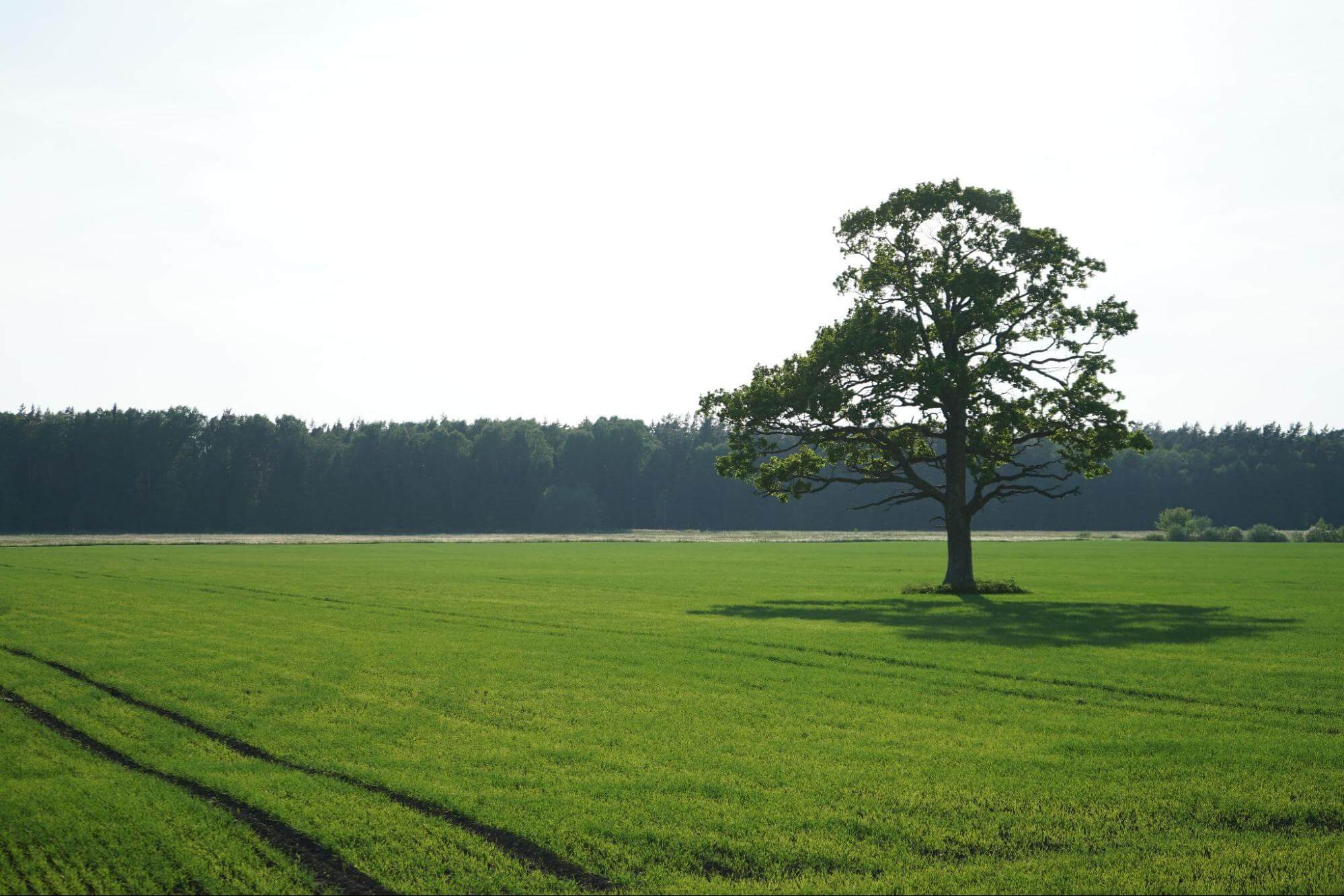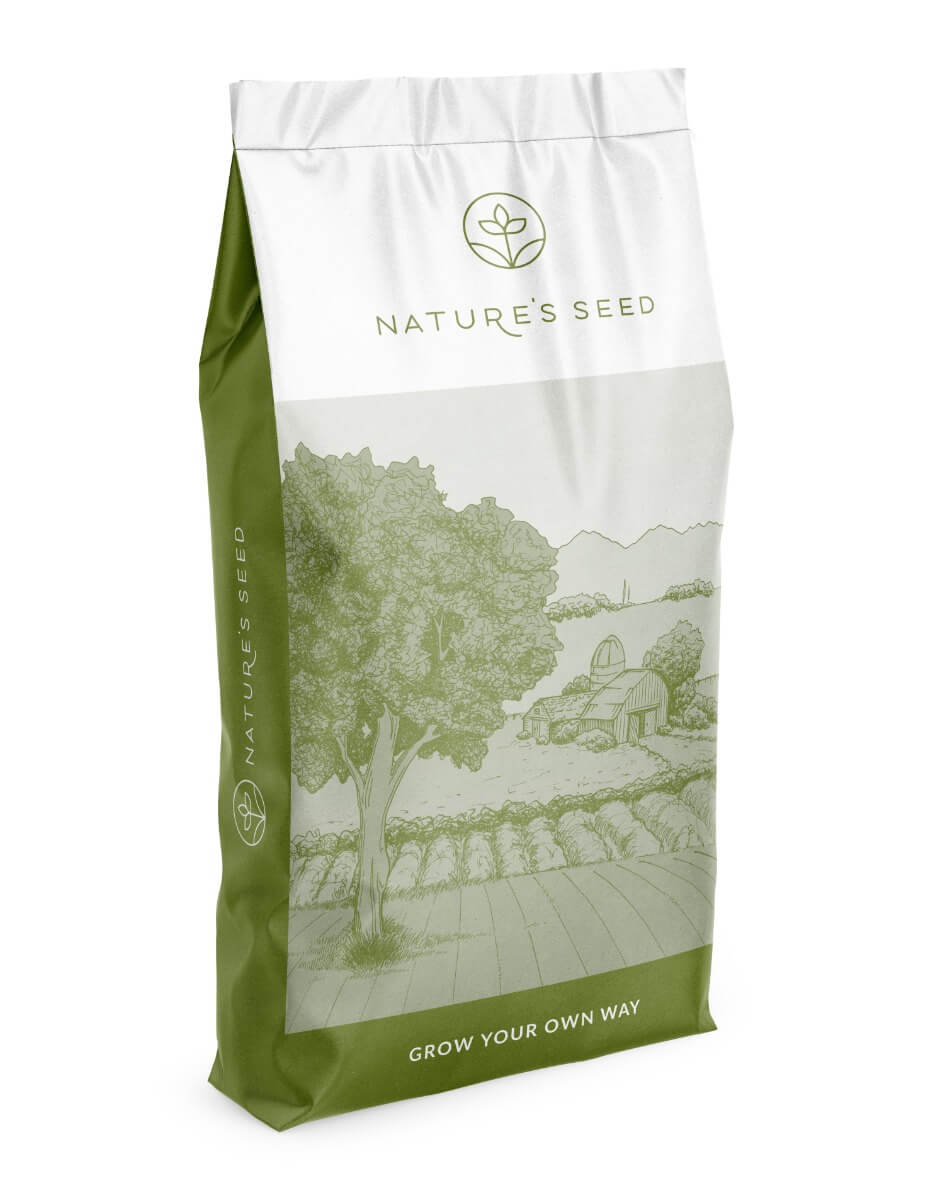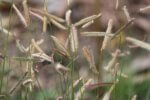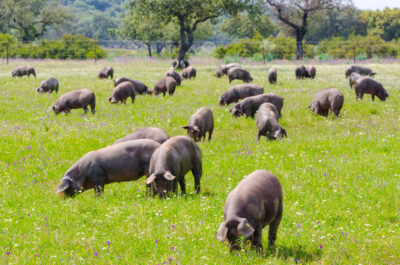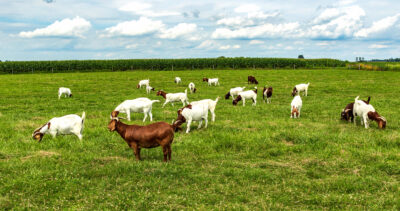Buy more and save!
Coverage Area
Price
100 in stock
100 in stock
$199.99
100 in stock
Blue grama is a warm-season native bunchgrass that thrives on just 7 inches of rain, forming upright clumps or fine-textured sod for durable forage, low-water lawns, and erosion control—with minimal maintenance and strong wildlife value.
Shipping
Nature’s Seed processes domestic orders from its Lehi, Utah warehouse within 3–5 business days (up to 5 days during peak season) . Standard UPS shipping takes an additional 2–7 business days, depending on destination . Orders over $150 qualify for free “Economy” shipping within the contiguous U.S. (you must select this option at checkout), while smaller orders incur a calculated shipping fee, typically $10 for standard economy delivery. Alaska and Hawaii are eligible for shipping, though free shipping does not apply there, and rural, remote, or expedited shipments may require extra fees or 1–2 extra delivery days . More information
Blue Grama (Bouteloua gracilis) — Versatile, Drought-Tolerant Native Grass
Overview & Habitat
Blue grama is a warm-season, perennial bunchgrass native to the Great Plains and intermountain regions of North America. In its southern range, it typically forms upright clumps, while farther north it can develop into a fine-textured sod, making it adaptable for both forage and turf applications.
Key Attributes
Drought Resilience: Thrives on as little as 7 inches of annual rainfall, surviving prolonged dry spells where other grasses fail.
Palatable Forage: Produces nutritious, tender shoots that livestock readily graze, supporting weight gain and overall herd health.
Low-Maintenance Turf: When allowed to form a sod, it creates a soft, low-growing lawn up to 12–18″ tall—ideal for low-input landscapes and ornamental meadows.
Soil Adaptability: Prefers well-drained, gravelly or sandy loams; tolerates poor fertility and moderate soil compaction.
Ecological & Aesthetic Benefits
Wildlife Habitat: Seed heads and dense clumps provide cover and forage for birds, small mammals, and beneficial insects.
Erosion Control: Fibrous roots bind soil on slopes, roadside ditches, and disturbed sites, reducing runoff and sediment loss.
Ornamental Appeal: Delicate, eyebrow-shaped seed heads and bluish-green foliage add year-round texture and movement to native gardens and prairie restorations.
Recommended Uses
Rangeland & Pasture: Integrate into grazing systems for durable, nutritious forage that withstands close grazing pressure.
Low-Water Lawns: Establish as a water-wise turf alternative in xeriscapes, parkways, and residential lawns.
Pollinator & Wildflower Meadows: Pair with wildflowers and other native grasses to create biodiverse, meadow-style plantings.
Restoration & Reclamation: Use on roadsides, buffer strips, and reclamation sites to stabilize soils and reestablish native vegetation.
Planting & Establishment
Seeding Rate: 0.5–1 lb per 1,000 ft² for turf; 4–6 lb per acre for pasture stands.
Planting Window: Late spring when soil temperatures exceed 60 °F, or early fall for cool-season germination.
Site Preparation: Prepare a firm, weed-free seedbed. Lightly rake seed into the top ¼″ of soil.
Watering: Provide light, frequent irrigation until seedlings reach 2–3″; thereafter, rely on rainfall.
Maintenance Tips
Mowing/Shearing: Mow turf stands to 3–4″ once per season to remove dead material.
Grazing Management: Rotate livestock to allow 4–6 weeks of rest, promoting deeper rooting and stand longevity.
Fertilization: Typically unnecessary—blue grama thrives on native soils without supplemental nutrients.
Ready to transition to a more resilient, low-input grass solution? Visit our new collection at naturesseed.com to discover products that outperform and outlast—just like Blue Grama.
| Weight | 5 lbs |
|---|
